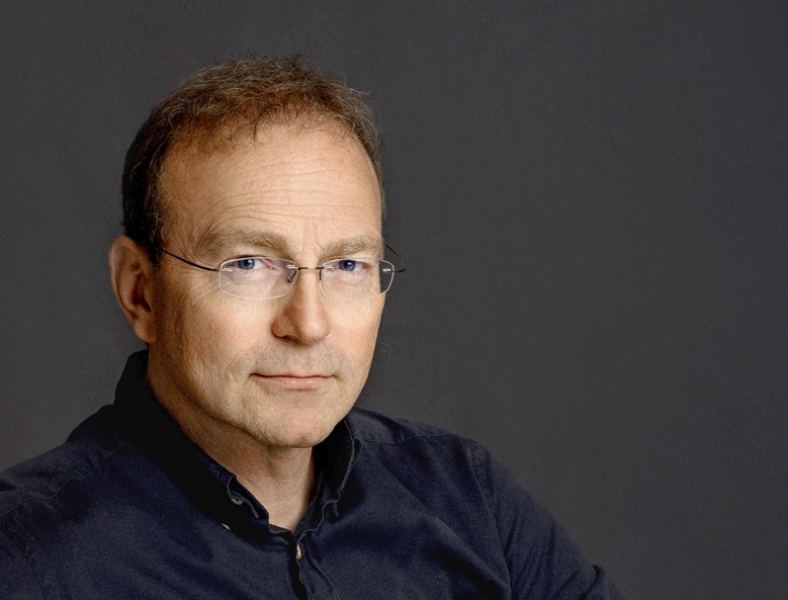 Photo: Yelissa Photo (Na slici: Vladimir Lojanica)
Photo: Yelissa Photo (Na slici: Vladimir Lojanica)The career of Vladimir Lojanica, dean and full professor of the Faculty of Architecture at the University of Belgrade and founder of Proaspekt Studio, includes both his academic and pedagogical work in a high education institution and his work as an architect-practitioner on several projects all over the world, for which he won prestigious awards.
We will mention only a few. Just last year, he received two significant awards: the Grand Architecture Award of the Association of Architects of Serbia for Lifetime Achievement for 2020, as well as the annual award of the UAS "Aleksej Brkić" for the most successful architectural work in 2021 for the NCR campus in New Belgrade. There is also an award for architecture from the National Association of Architects for 2007 for the Holiday Inn hotel complex and the Expo hall in New Belgrade. The Acumincum winery in Stari Slankamen was also awarded at the 37th Salon of Architecture. In the year 2000, at the beginning of his career, he won a competition in Rwanda for the new building of the National Library in Kigali, the capital. He designed numerous buildings in China, Russia, the United States, and Serbia, ranging from small private and commercial structures to public buildings, all based on the principles of energy efficiency and sustainability, such as the Zero Energy House, which was designated as the house of 2020.
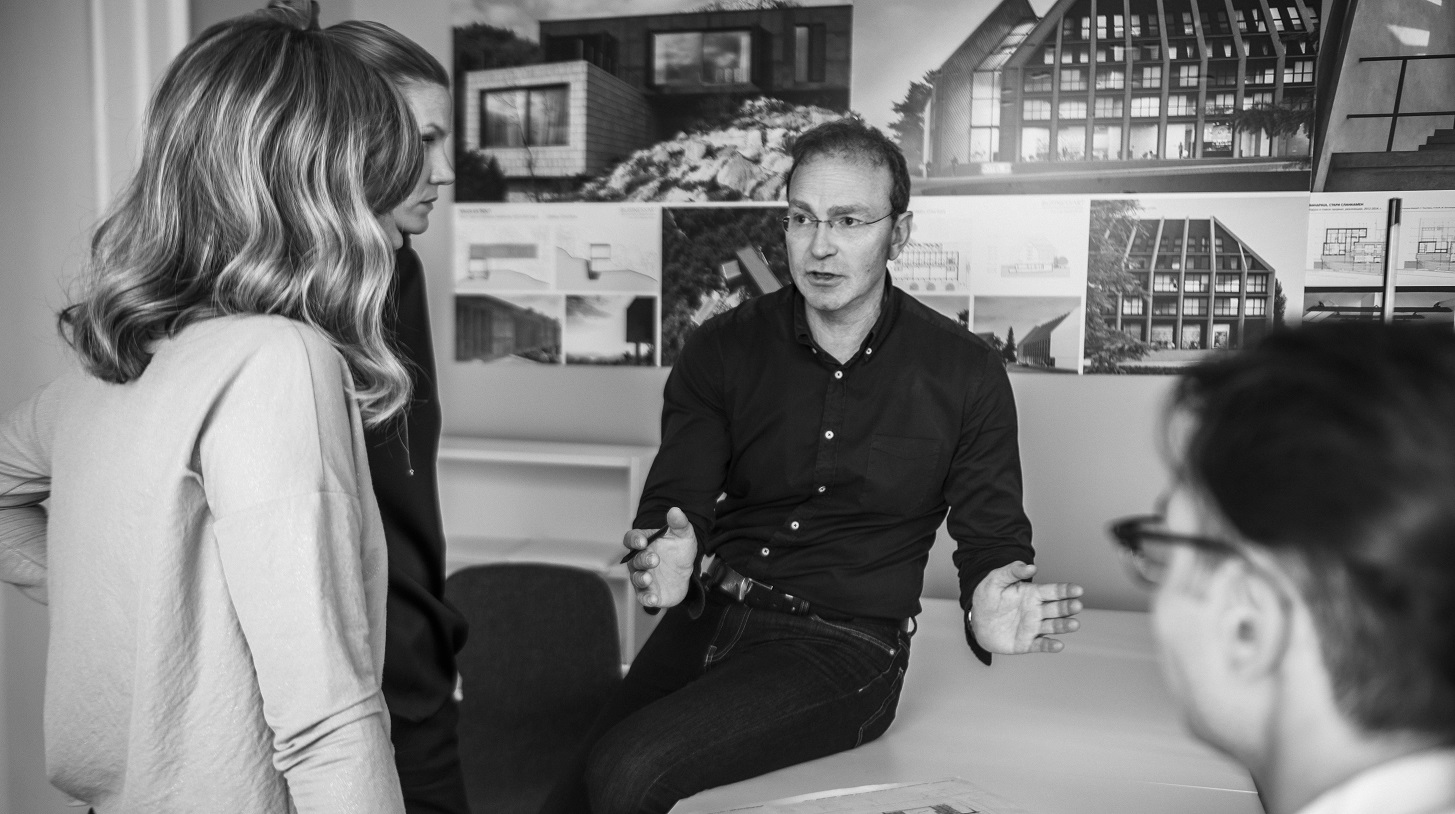
Vladimir Lojanica, dean of the Faculty of Architecture, with students
To what extent has the Grand Architecture Award for Lifetime Achievement of the Association of Architects of Serbia awakened a new sense of responsibility, and which project will you be most occupied with in 2023?
The Grand Architecture Award for Lifetime Achievement of the Association of Architects of Serbia is different from other awards. First of all, because it represents an award for overall professional work, social engagement, and other forms of contribution and achievement. It is awarded by the Grand Prize Council, which consists of all its previous winners. Thus, one automatically becomes a member of this council, which really consists of the most deserving architects in our society. I would agree that it carries great honor and responsibility; I might even say that it encourages a special kind of social responsibility and activism. Analogously, I assume that one of the most demanding roles this year will be the position of dean of the Faculty of Architecture, which I assumed last year. We have a lot of new things coming up that we are planning to introduce, as well as a lot of events and manifestations where we will show our work on the education of young architects.
Do you remember a moment in the process of creation, either through an impression of someone else's work or, earlier in childhood, since you grew up with an architect father, when you understood the importance of an architect's work in a society?
My formative years were marked by an architectural context, of course, due to the occupation of my parents. Not to mention living in a space with walls plastered with, for me at the time, extremely fictitious, strange representations of spatial volumetric variations, colored paths and schemes, incomprehensible matrices and patterns, mock-ups and models; jumping around piles of stones of various colors and textures in the middle of the living room... If we also take into account the continuous stories and everyday family narrative about ideas and concepts, new achievements, new publications, etc.
In contrast, I could not say that the idea of an architectural profession was taken for granted. Like every young person, I did not directly make a decision and analogically concluded that I could do this job. In my case, the first step towards a clearer choice of cultural direction was crucial, initiated by the more ubiquitous aspiration and desire to engage in professions that are socially engaged and whose results encompass a wide field of implications for the social and cultural context. The decision came as a result of a conscious reflection on the character of the profession and the capacity of architecture to unite the most diverse aspirations and affinities in me: from an interest in creative work to an affinity for precise engineering and design work to an interest in various crafts and work with concrete materials.
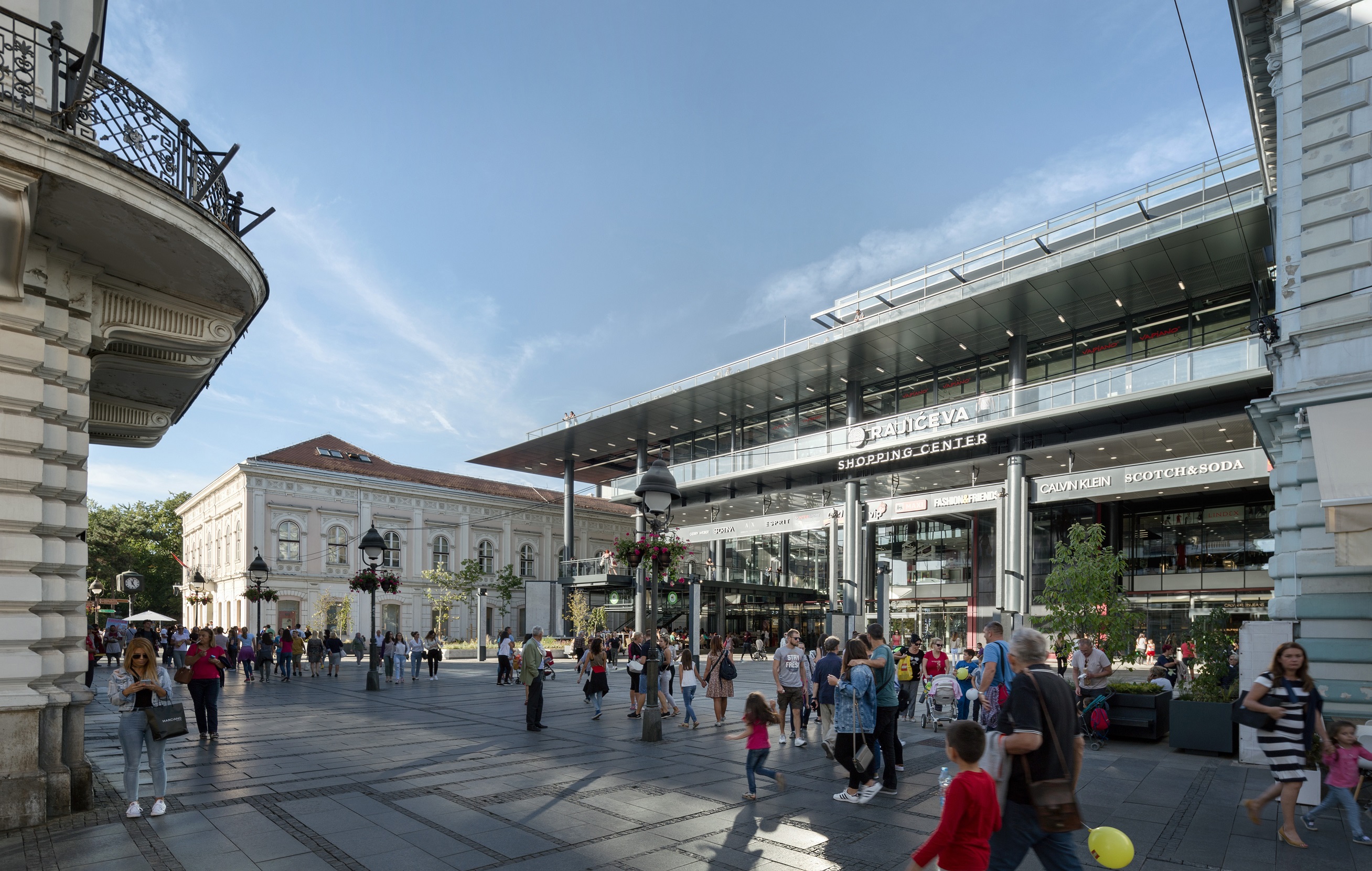
Hotel and business complex in Rajićeva, Belgrade, authors: Milan and Vladimir Lojanica / Photo: Relja Ivanić
What advice, in addition to your knowledge, do you pass on to students, and what do you teach them to do contrary to what you were taught?
Practicing architecture implies the intensive and simultaneous accumulation of knowledge, skills, and inspiration—creating syntheses and manifesting them through hard and dedicated work. Perhaps the most important knowledge we can impart to them is an understanding of how creative potentials are utilized in order to fully realize them and build them as experts and personalities.
Our school had and still has a large number of historical figures and architects, whom I had the opportunity to meet personally. The special dimension of temporal comfort and the authority of the profession in society were, it seems, the key differences between former times and today's moment. It is my impression that the most interesting thing for students is the immediate introduction and transfer of lessons through analogies from that time that are still relevant today and, on the other hand, practical experiences. The combination of informal professional discussions and mandatory lessons is the right formula. Such stories sublimate a plethora of messages about the refined approach to problems, lyrical and creative leisure, research persistence, and reflection, all of which have given this profession a distinct charm and brought top qualities with them.
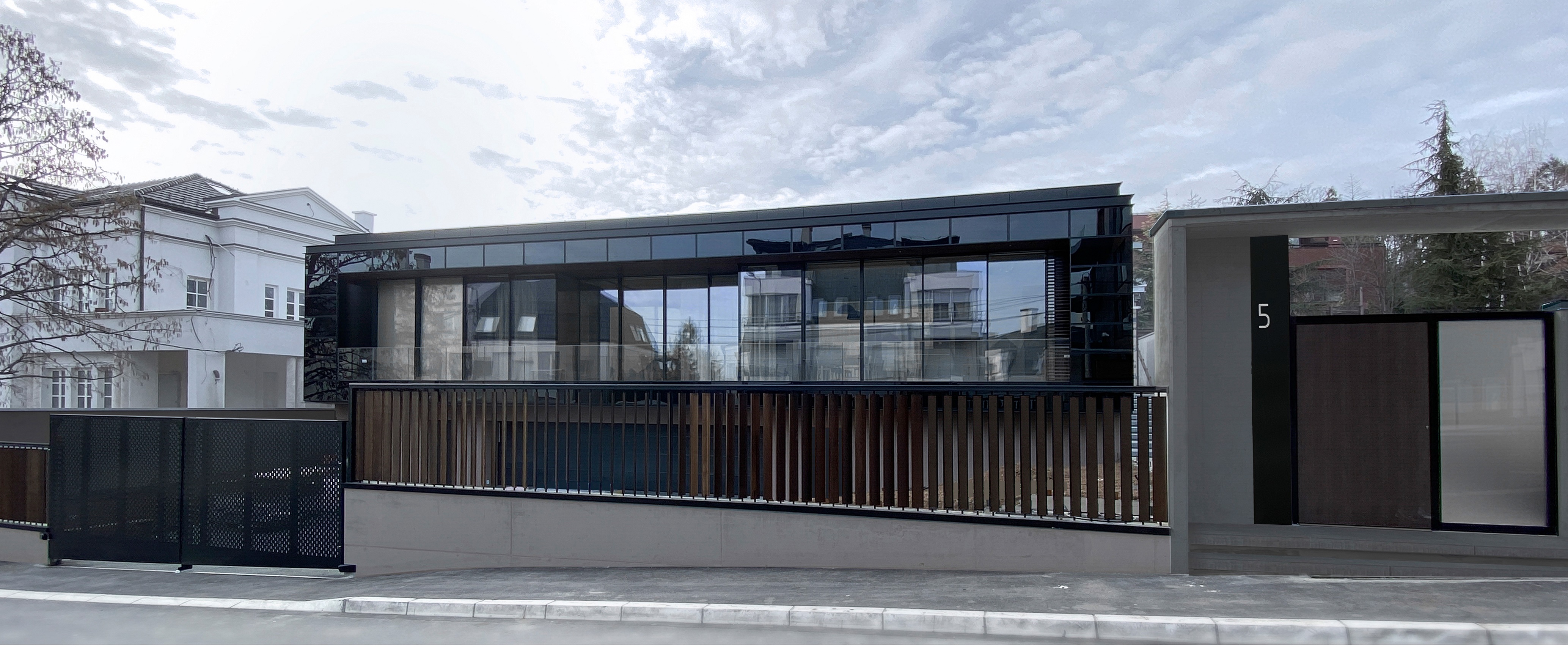
Passive house ZERO ENERGY, Belgrade, authors: Vladimir Lojanica and Saša Macanović / Photo: Vladimir Lojanica
We are witnessing an investor urbanism trend. At a conference, you said that there is often a sort of trench warfare between investors and architects. How can this problem be addressed?
Architecture is an activity that always lies between expectations and reality, between interests and limitations. Its reality today is even further complicated by the circumstances of the harsh market situation. An architect builds his status during his entire career through long-term and permanent education, great work and sacrifice, experience, and the application of knowledge, and then, through responsibility and reliability, he earns trust and respect not only for his personality but also for the profession itself.
Cooperation with investors is inevitable; without investors, there would be no architecture. It has always been like that, and it is logical that, in their own interests, they can have specific expectations that can often be limiting for architects from the very beginning. Sometimes these interests cover a very narrow field, while the architect has a responsibility (among other things, a social one) to look at that field much more broadly. I also had very valuable experiences where I gathered other important expert knowledge from investors.
The illustrative platitude from the question you mention actually mostly refers to the fact that an architect has to invest a lot of energy to turn an investor into an ally, not the opponent who wants cheap and fast architecture but an educated subject who recognizes and appreciates the additional values that his investment brings to society.
Although it is not an easy task, both sides must not give up. Every space carries numerous messages, but the one that expresses the idea that the architecture we practice respects the space we are in, the environment, and the resources we use is the most important one. The domain of general public interest in architecture is extremely broad. That must not be overlooked at any cost.
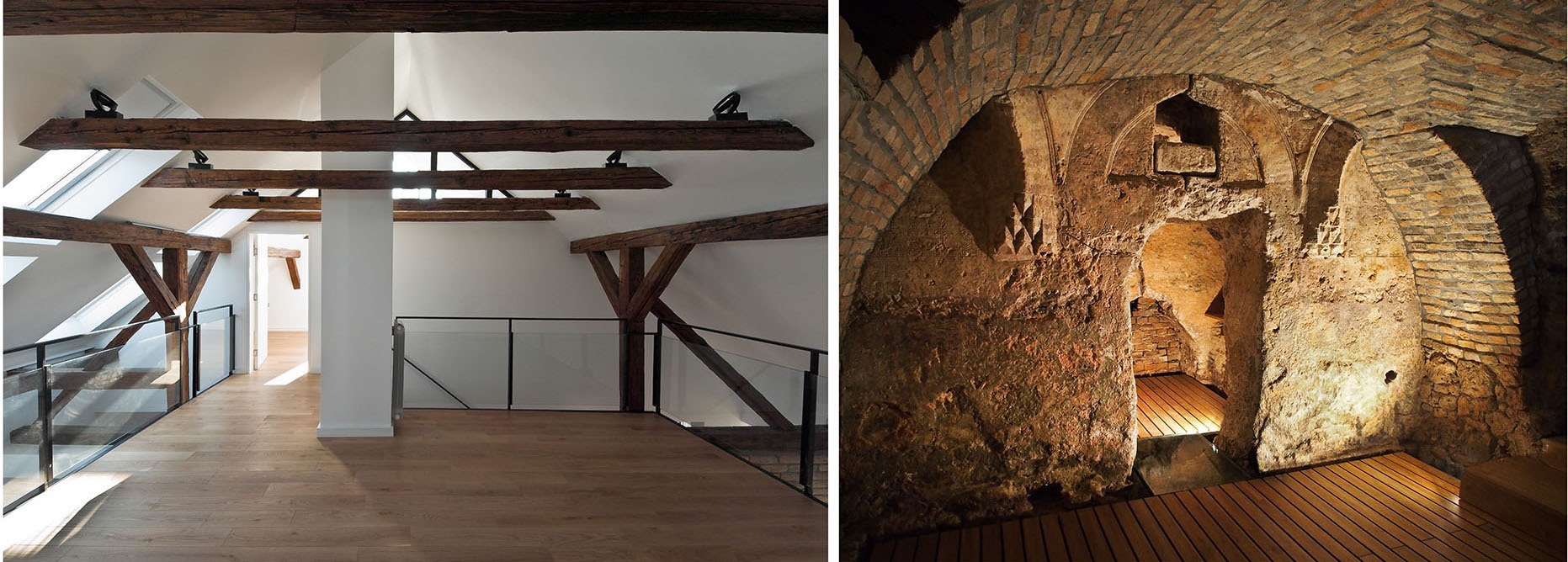
Winery, Stari Slankamen, author Vladimir Lojanica / Photo: Vladimir Lojanica
Does architecture have its rightful place in the world today?
Throughout history, the status of architects has always been socially defined, recognized, and instrumentalized through policies. The specificity of architecture lies in its obviousness and permanence. Everything that is built, for better or for worse, is very obvious and lasts for decades, even centuries. Today is no different: the status of the profession is being built, created, and occupied. It is a new battlefront for the position of the architect in society. Architecture, as a part of everyday life, is going through turbulent social changes with all the challenges of profit, and I would not say that the profession is slowing down. I have the impression that we are increasingly witnessing the incredible skill of architects to produce excellent results in a not-so-perfect system. I think there is a new kind of social skill that is being developed in the profession. I could not claim that major changes at the level of society can happen in a short period of time, but the signs of such changes can certainly be identified. But what is certain is that there is resistance to templates and profit in the profession. The architectural scene has certainly experienced development in the last decade, and some current topics, concepts, and principles can be compared with the European level of architectural production. Unfortunately, we have a long way to go before raising the general level of production and quality of construction. I would like to believe that we have already started down that path.
Where are the directional indications for Serbian urbanism and architecture that would make them resemble the heyday of creation and development from the 1970s and 1980s of the 20th century in the future? Is it feasible to achieve this?
The former socialist society, I would say, resembles a kind of unrepeatable experiment, which, at least in the field of architecture, proved to be successful in many segments; a structured and systematic approach with a clear regulatory framework and defined needs. It was indeed a fertile framework for architectural activity and architecture as a social product. Such a context enabled fruitful years of creativity for a large constellation of Serbian (or Yugoslav) architects who formed the powerful backbone of our school: Milenković, Stjepanović, Lojanica, Keković, Cagić, Jovanović, Ličina, Živadinović, Marušić, Vulović...and many others.
Today we are rebuilding ourselves within the framework of a post-transitional society. We create opportunities and build principles in the face of changing circumstances. Our environment is an example of the immediate and rapid transformation of the entire socio-political system, and the transitional and post-transitional periods themselves lasted a long time. Culture has become fragmented on a global level. What is noticeable globally, and in our example, obvious, is that architecture is really a field that cannot be separated from society and culture. The physical building stock is only one of the projections of society itself. There is no need to talk about the permanent impact of the built environment on people, their living space.
However, apart from the aesthetic and ethical consequences, the economic risks of such investments are not negligible either, especially in the long term, because you cannot simply erase or remove bad architecture. The character of today's time does not favor architecture in the way that the former character did; the rapid speed of transformation in design and construction requires high adaptability and resilience. Fresh ideas and new concepts are the subject of daily review, and I believe that this fact is both the greatest danger and the greatest potential of modern society. At the current moment, there is no clearly differentiated model of social policy or value system in our midst, and I am afraid that such a model is necessary for us as a form of resistance to the market, which simply translates all values into profit.
If we focused our activities on the formation of such a model based, as in the past, on the creative efforts of individuals or authors as well as on the aforementioned achievements of our school, we would have a much clearer picture and many more ways to implement and use the experiences and knowledge we have inherited from previous times.
The ideas and paradigms of the profession must take precedence over the pragmatic market production of spaces whose only goal is to sell as well as possible. If we matched the pace with the values and resisted the temptation for our culture to fall into mere consumerism, then we would be on the way to creating new golden years for our society. I firmly believe that it will happen in the future.
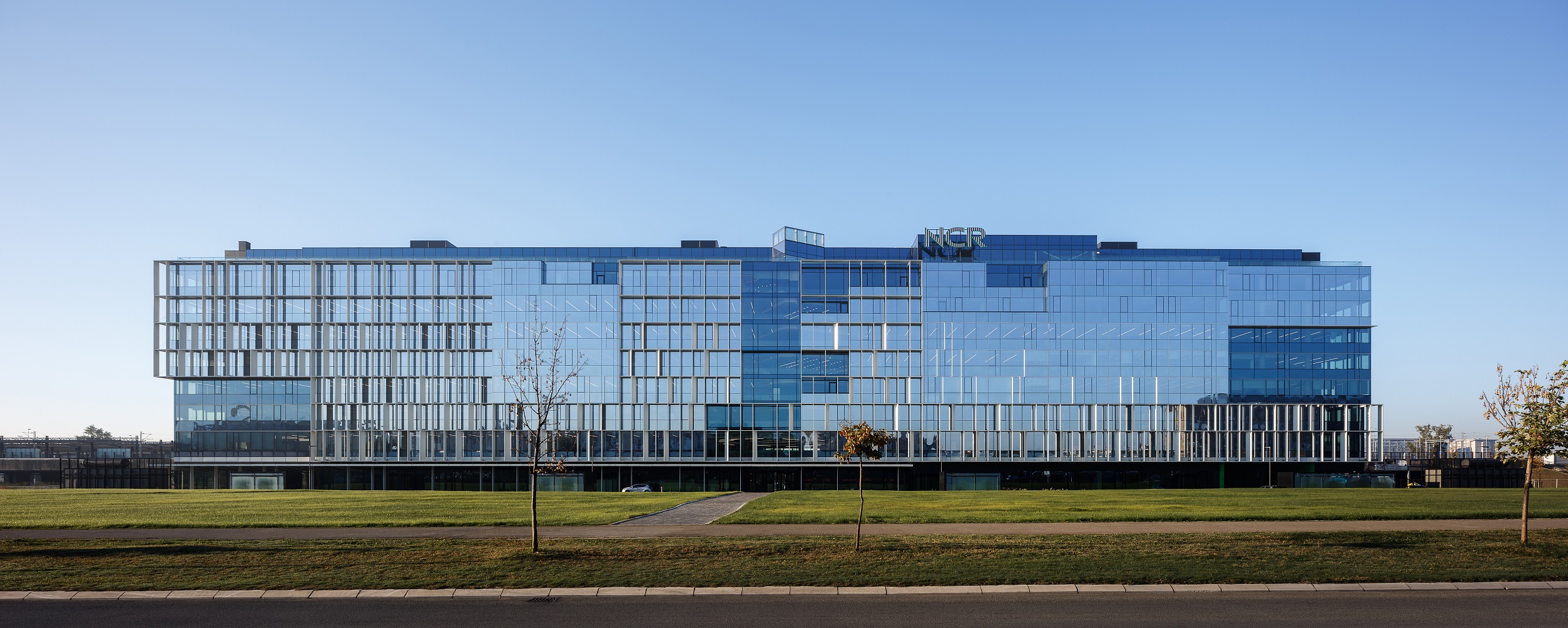
NCR office campus, Block 42, Novi Beograd, author Vladimir Lojanica / Photo: Relja Ivanić
Which project has so far given you the most joy, and which has been so challenging that you were on the verge of giving up?
It is difficult to classify projects that way. Especially since designing as a profession actually involves the networking and coordination of the most diverse actors (from engineers of various professions, through investors and managers, to craftsmen who implement the project itself on the spot). I would rather connect such a "division" with the phases the project goes through. There is always the most joy in the initial creative phase, which then, entering the further phases of accepting ideas, elaboration, and communication with team members, passes into a complex and very challenging phase. And the more difficult the task, the more difficult the challenges that come with it.
And giving up? It is not an option when you have already entered the project. Resignation is considered at the very beginning when deciding whether to accept the job or not. Once you have entered the task, only variations of possible solutions, acceptable compromises, or irrevocable decisions for specific challenges follow; giving up is not an option at that point. What is most beautiful about architecture is its ability to find solutions to seemingly intractable problems, which then bring new quality.
What do you dream of realizing in the future?
I have been lucky enough to realize a large number of different projects in my career so far and to deal with a wide variety of design topics, from interior design to the design of entire areas. I would like to get the opportunity to continuously, through several projects, deal with the topic of housing, which interests me very much and which I have dealt with in a variety of ways, professionally, theoretically, and experimentally.
You wrote the textbook, "Architectural Organization of Space: Housing," published in 2019. If we have a situation on the real estate market where a 30-square-meter apartment is advertised as a two-bedroom apartment, should the textbook become mandatory reading for investors and buyers?
The book includes decades of continuity in the school program and the results achieved by the Faculty of Architecture at the regional and international level in the field of housing. It is a kind of tribute to the entire galaxy of personalities who formed the reputation of the Belgrade school of housing. As such, it represents a complex textbook for teaching and the author's aspiration to establish relationships between personalities, events, and topics that belong to different time and space frames. It is intended for the education of architects, but perhaps it could become mandatory reading for the wider population, not just for specific devotees of our profession.
Your proposal seems very interesting, and certain parts of the book could be adapted for publication intended for a wider population. The question you raised actually goes into a serious social problem, within which it would be very helpful to inform everyone involved in the real estate market that the square footage of the apartment must not be equal to its use value. And the use value of the apartment is precisely what gives value to a certain square footage, which guarantees and implies the quality of the living culture in a certain area. In addition to the spatial category (the physical square footage of space), our existential space always includes a certain social and cultural totality. Christian Norberg-Schulz said that space is a category of orientation, and in order to be able to implement one's intentions, a person must understand spatial relationships and unite them into a unique "concept of space".
By: Aleksandra Mirković